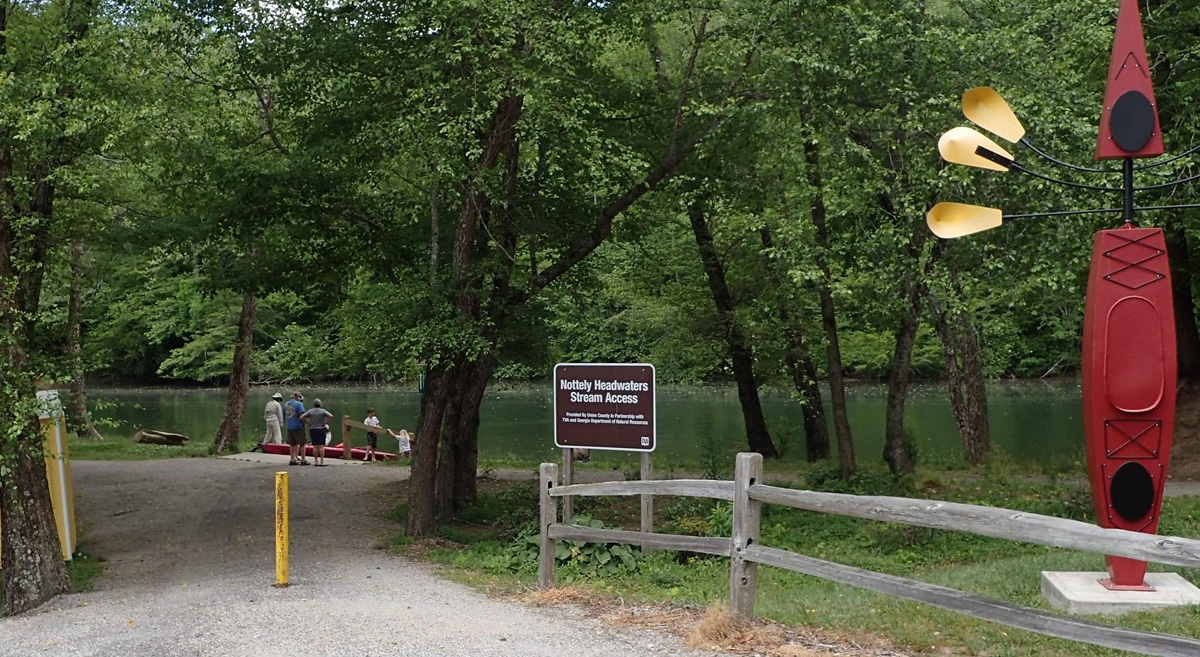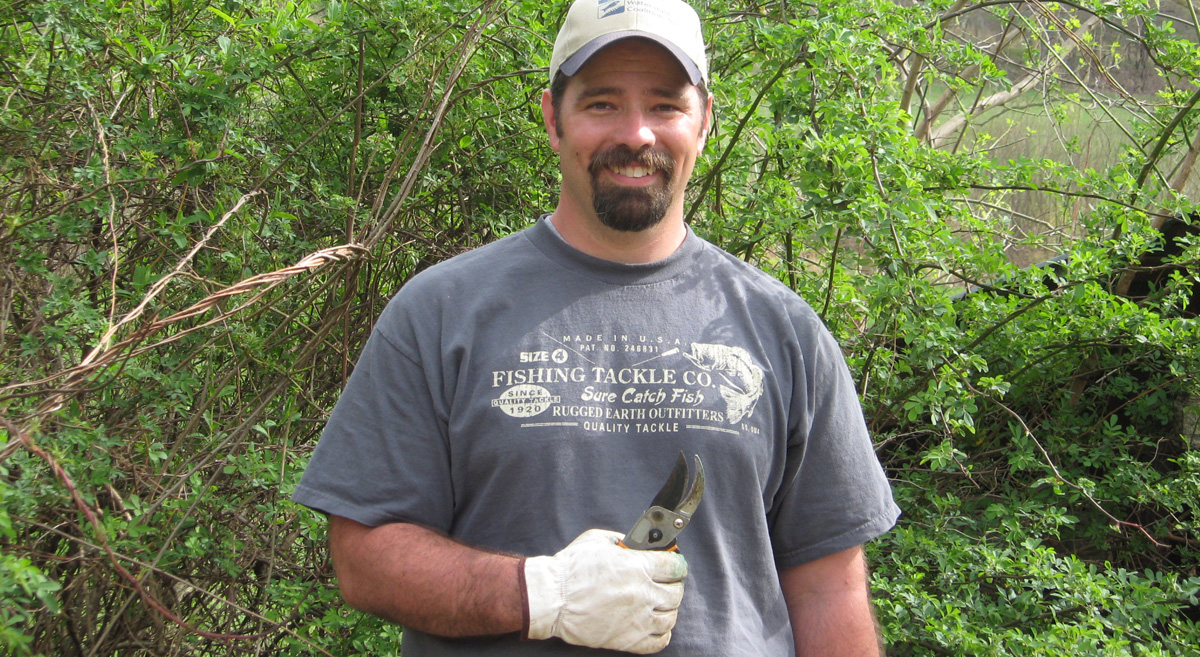The Old-Growth Network Shell Game
Old-growth forests are vital for native species, scientific study, aesthetic and spiritual reasons, and are crucial for sequestering and storing carbon that would otherwise contribute to climate change. Before the industrial age, most of the forest in the Southern Blue Ridge were old-growth forests with complex structures and a vast diversity of tree sizes and ages. A wave of logging for national and international markets from 1880-1940 removed most of the original forest, and today only 10% of Nantahala and Pisgah and just 3% of the region as a whole are believed to be in old-growth condition. The analysis in the Revised Forest Plan acknowledged that approximately half of the tree canopy of Nantahala and Pisgah would have been in old-growth condition prior to European colonization.
The Forest Service has touted the Revised Plan as an improvement for old-growth forests because it designates approximately 265,000 acres for old-growth management (ROD p.22). While this is a big number, it’s important to note that all but 44,000 acres of old-growth designations are already protected at a higher level, such as by the Wilderness Act, the Inventoried Roadless Rule, the Wild and Scenic Rivers Act, Research Natural Areas, and others. So, these are primarily designations of convenience — in the sense that they are already off-limits to logging rather than because of their outstanding values.
MountainTrue and our predecessor organization, the Western North Carolina Alliance, began mapping the old-growth forests of Nantahala and Pisgah National Forests in 1994. Through that work, we have documented over 90,000 acres of old-growth on Forest Service lands. We shared that inventory with the Forest Service, and unfortunately, over 12,000 acres of field-verified old-growth remains in timber production management areas, where the plan direction is to create young forest through timber harvest.
What’s more, 110,000 acres of the designated old-growth network in the plan is relatively young — less than 100 years old, according to Forest Service Records. The Forest Service claims that by designating middle-aged forests, they are ensuring the development of old-growth in the future, even though they are leaving much more worthy forests unprotected.
The network of old-growth designations begins to look like a shell game when you realize that thousands of acres of small patch old-growth designations made in the last 28 years were not included in the Revised Plan. The Forest Service seems to be setting up a precedent where they can open up more mature, lucrative forests that had previously been “designated old growth” to logging now, and only protect middle-aged forests until the next plan — when they could theoretically open up some of those more mature stands to timbering. Examples of this dynamic include very high-quality designations that were made and subsequently discarded in the Upper Santeelah and Shope Creek Projects but have now been allocated to a timber production management area.
Another major concern is that the Forest Service is providing project staff and district rangers with too much flexibility and decision-making power to cut the last remnants of existing old-growth forests under their stewardship. The Record of Decision states:
“The District Ranger, or the Forest Supervisor for multi-district projects, will retain the option of how to manage old trees, old stands, or old growth forest patches in the project itself, depending on the management area direction, site-specific conditions, and ecological needs in the area” (ROD pp. 44-45, emphasis added)
In recent years, we have provided input on numerous projects where the Forest Service proposed to cut existing old-growth forests and only relented under vigorous public pressure (see the Globe Project, Big Choga Project, Haystack Project, Harmon Den Project, Mossy Oak Project, Buck Project, and more).
Old growth takes centuries to develop, and the fact that the Forest Service discarded thousands of acres of designations from the last plan, so casually and without analysis or effort to include them in the new plan, needs to be corrected. And protecting existing old-growth forests should not be up to the discretion of Forest Service staff at the project level. It is crucial that the Forest Service not just manage for future old growth but also protect the old-growth forests we have now. To be meaningful, old-growth designations need to be nearly permanent.
^ Return to Top
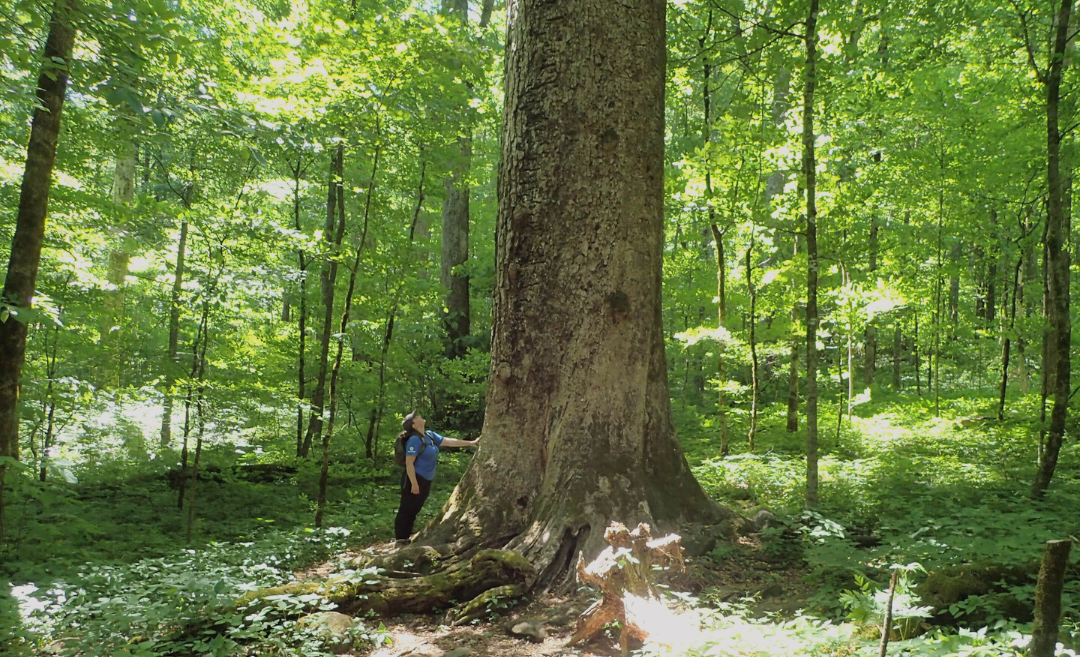
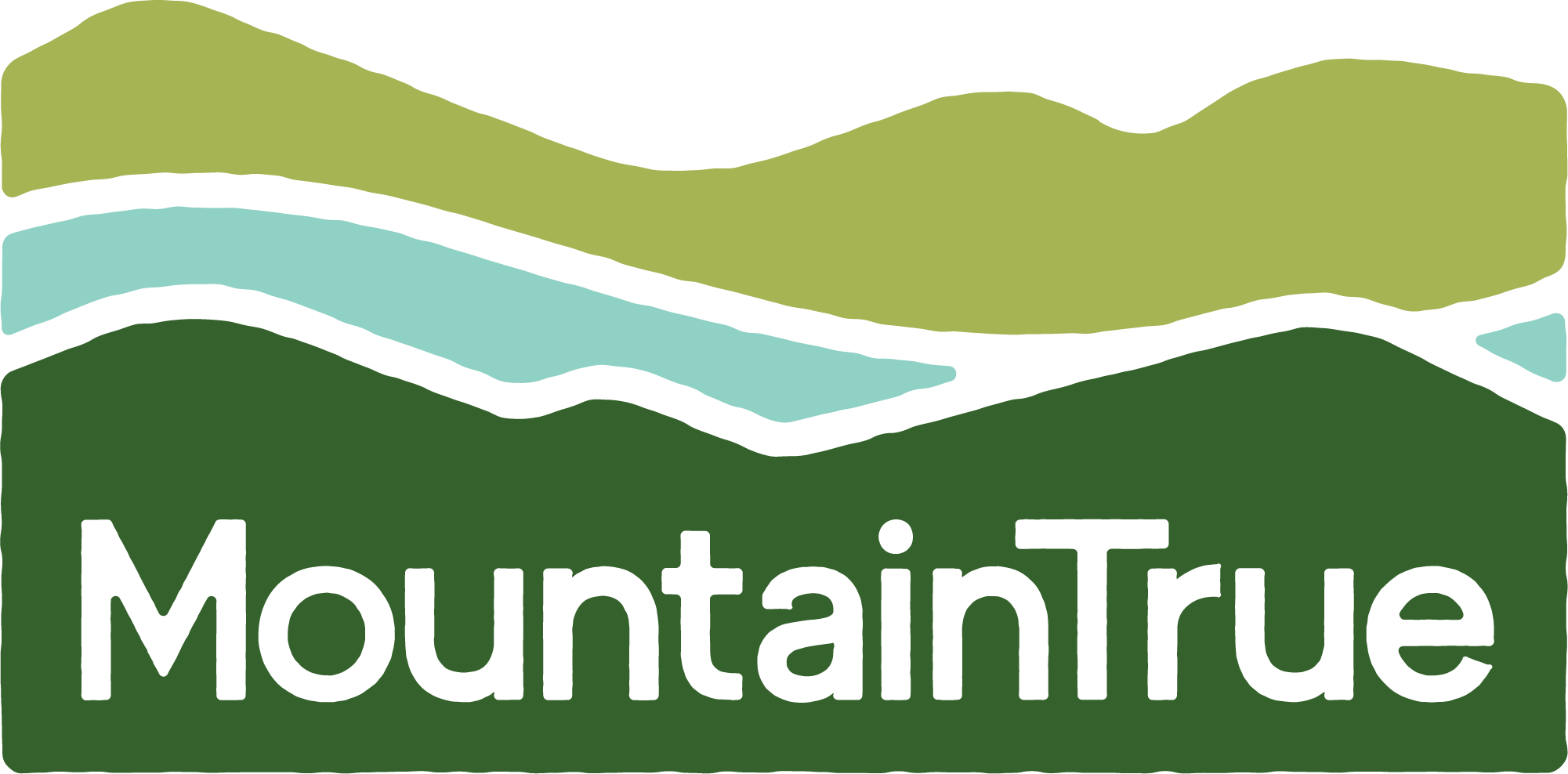
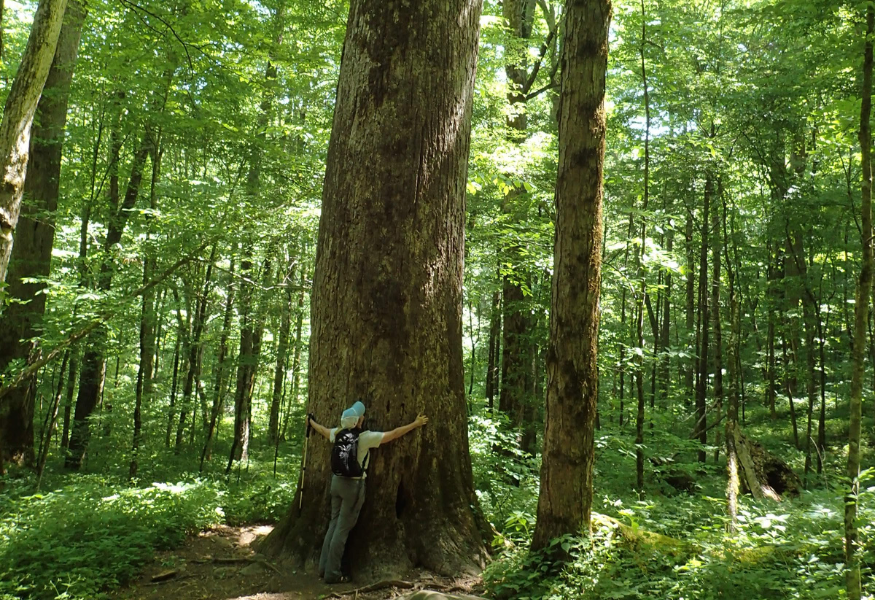

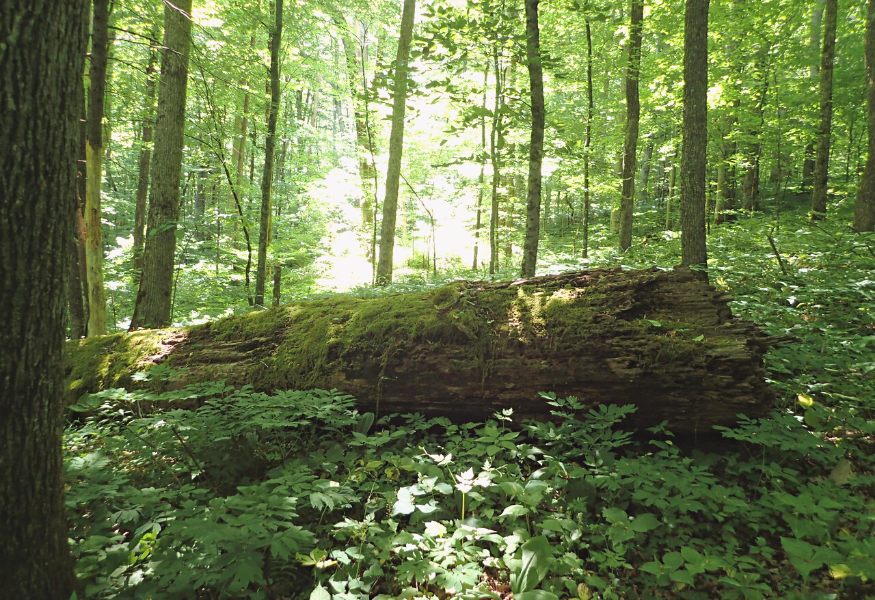

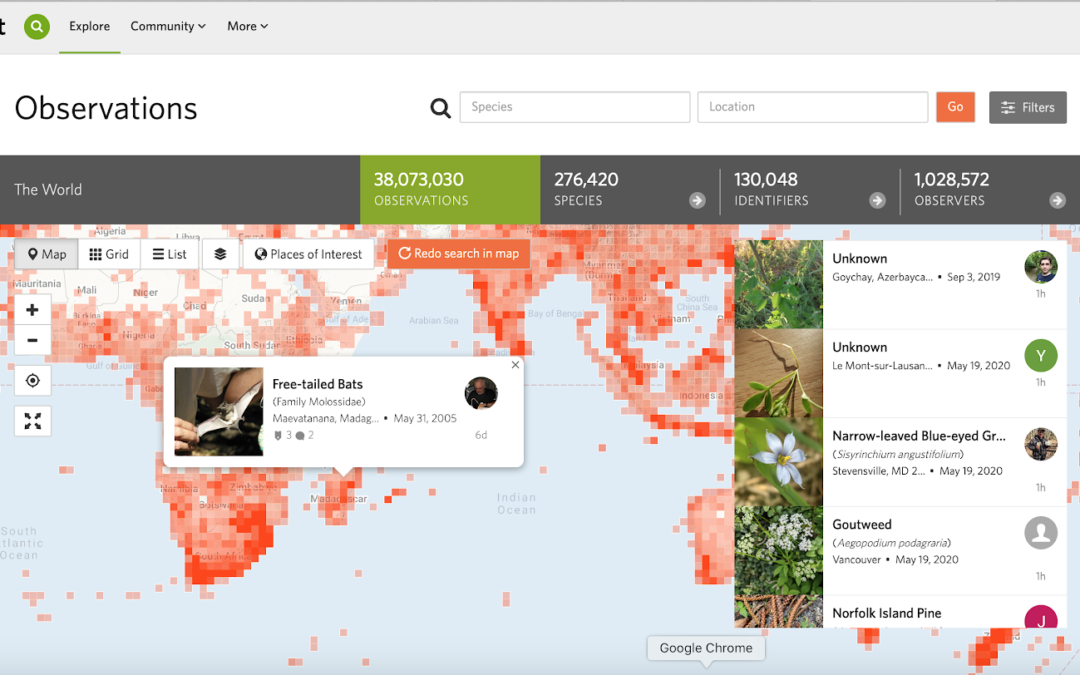
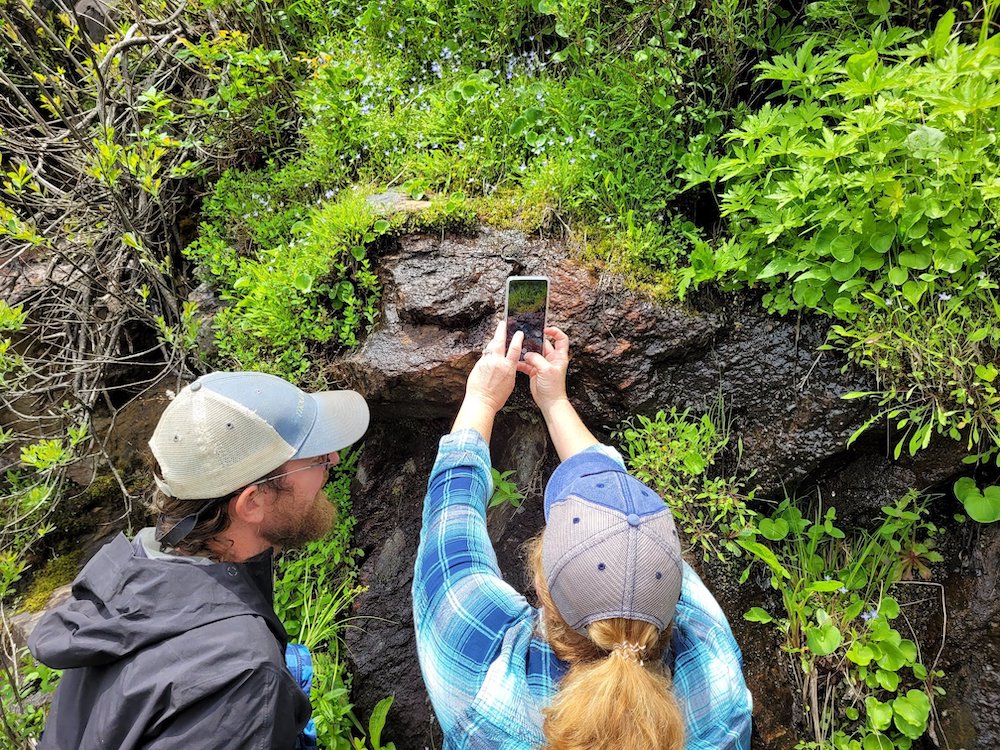
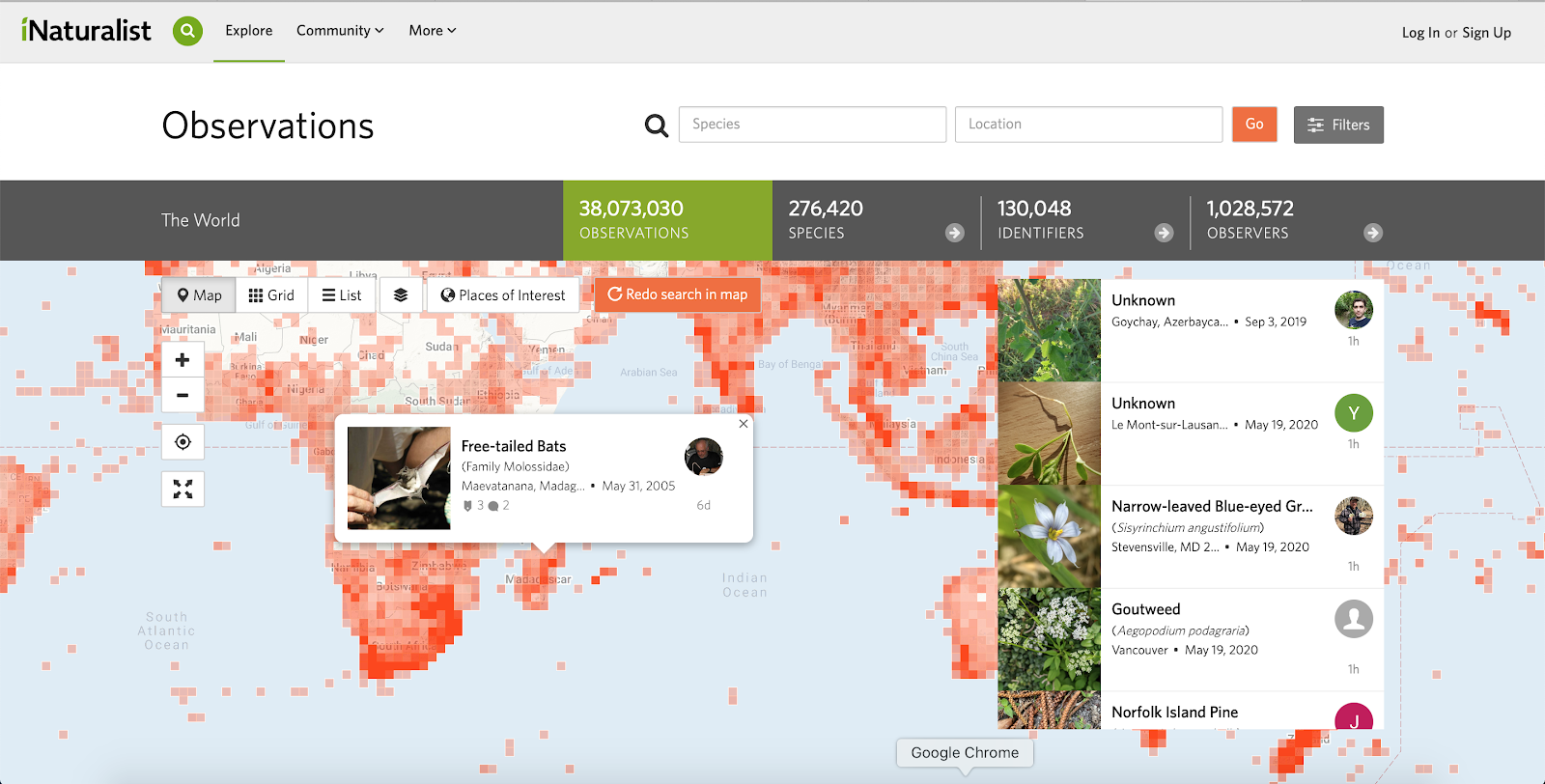
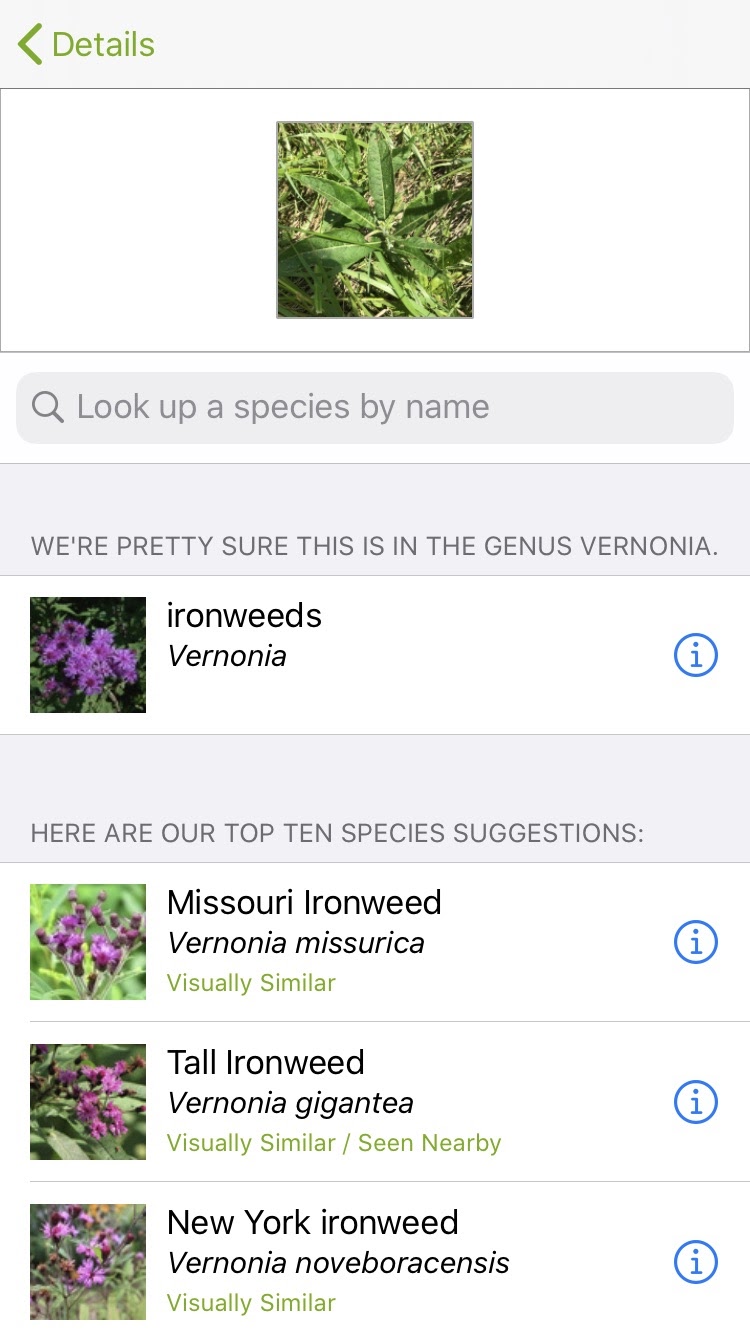
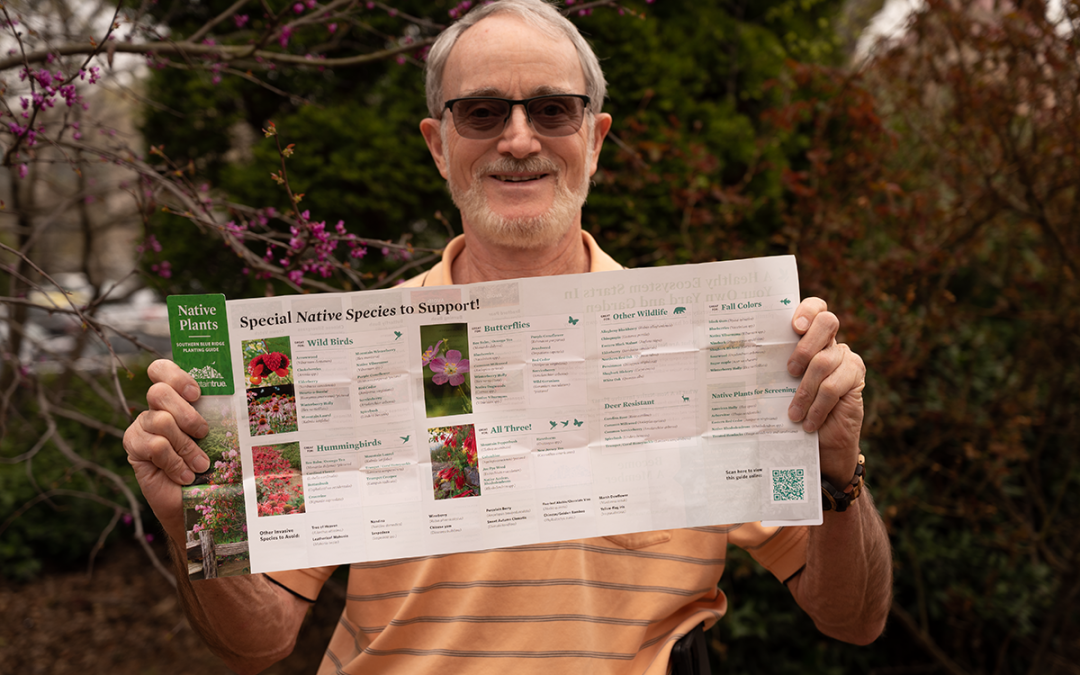
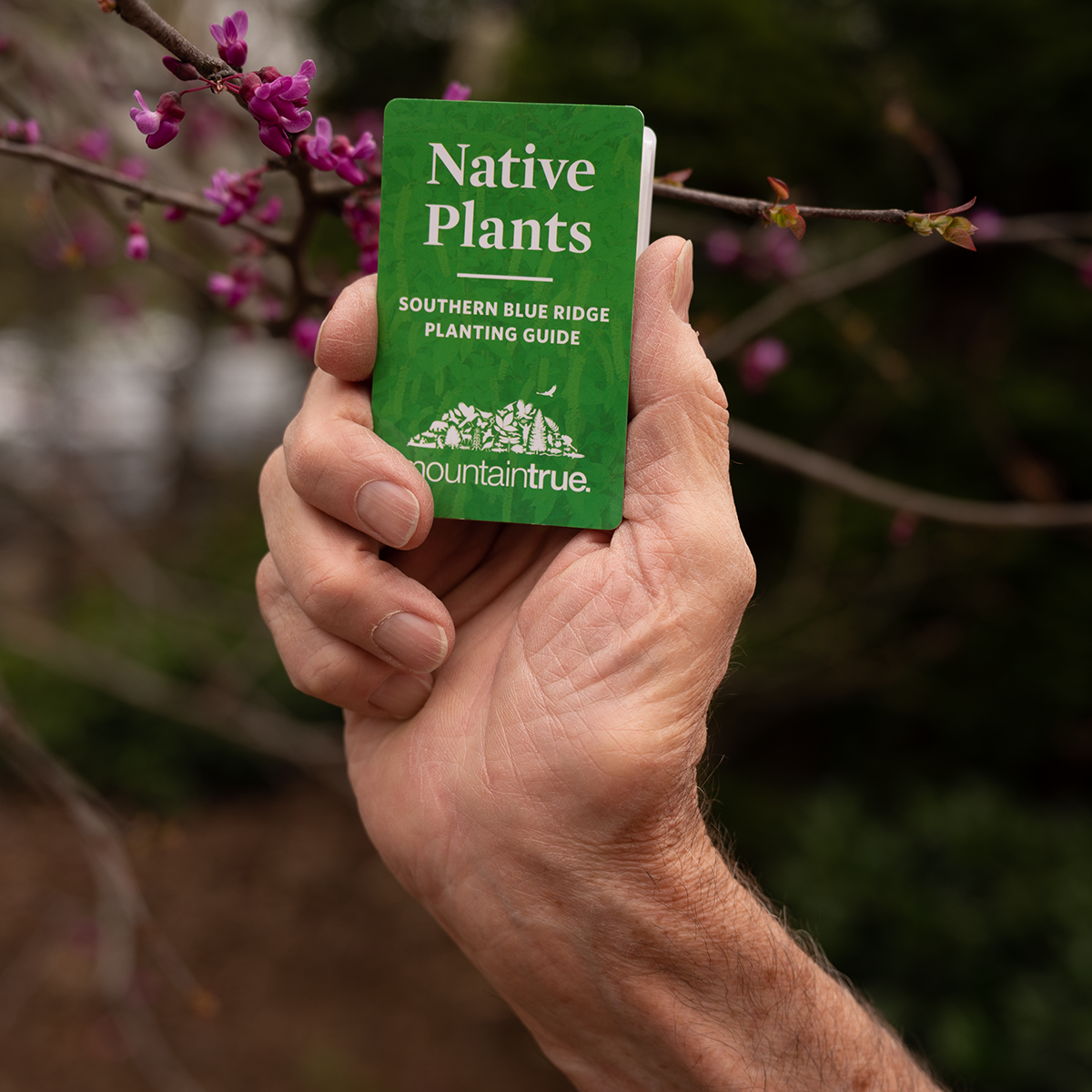
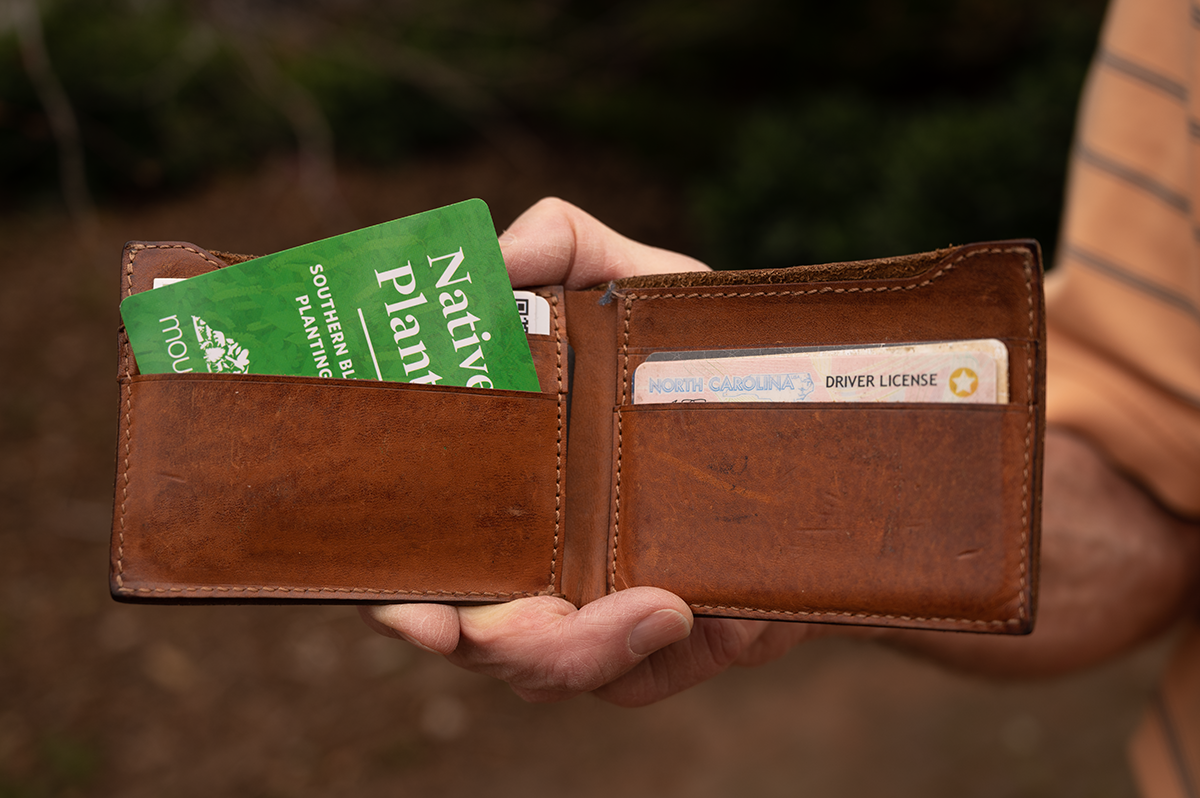
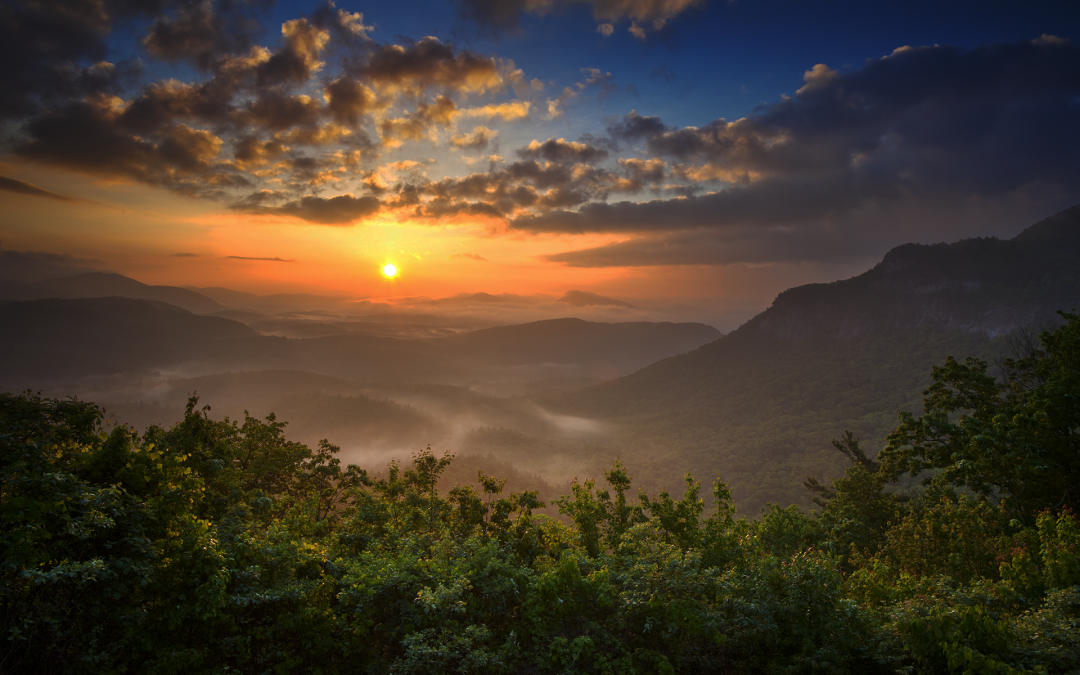
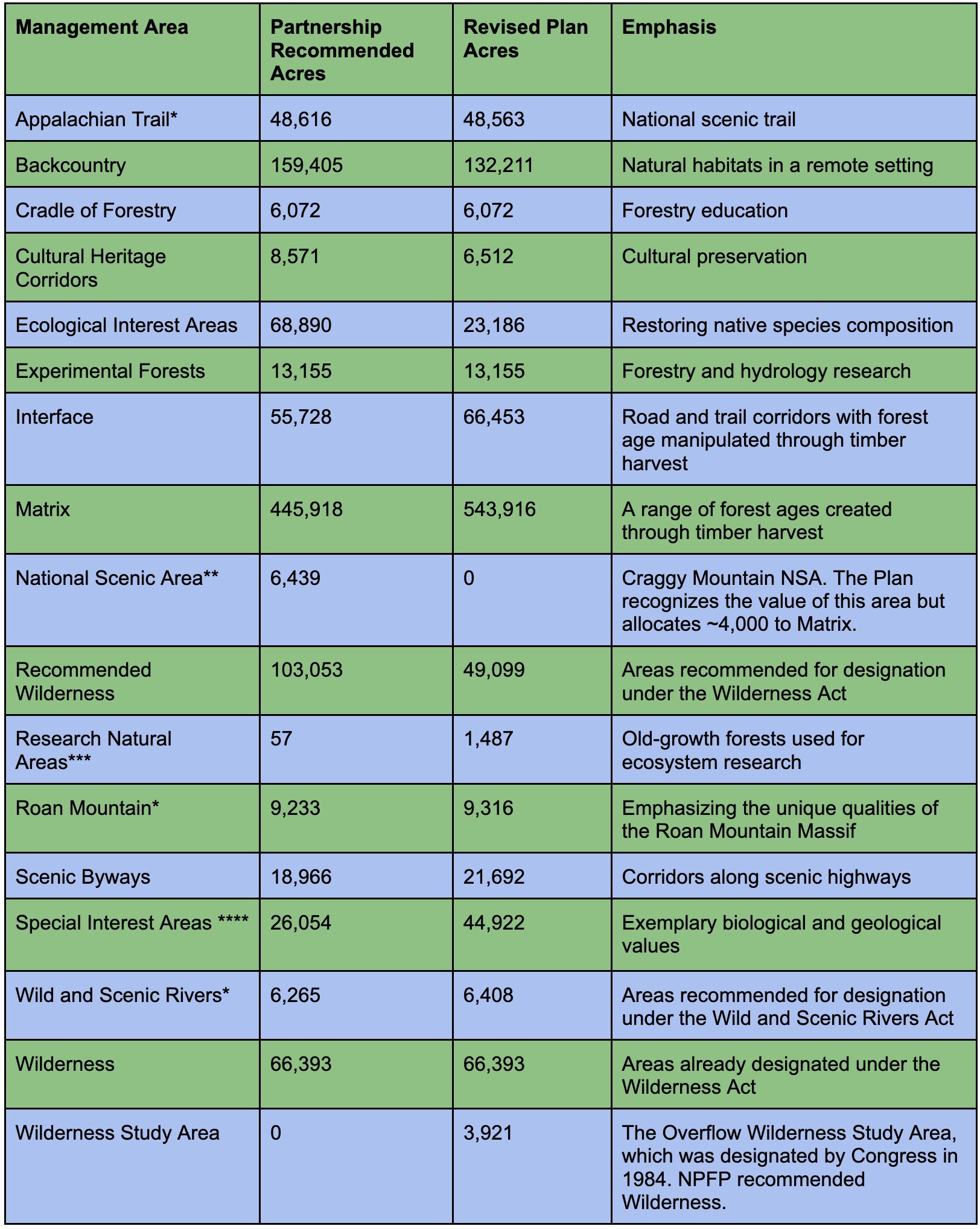

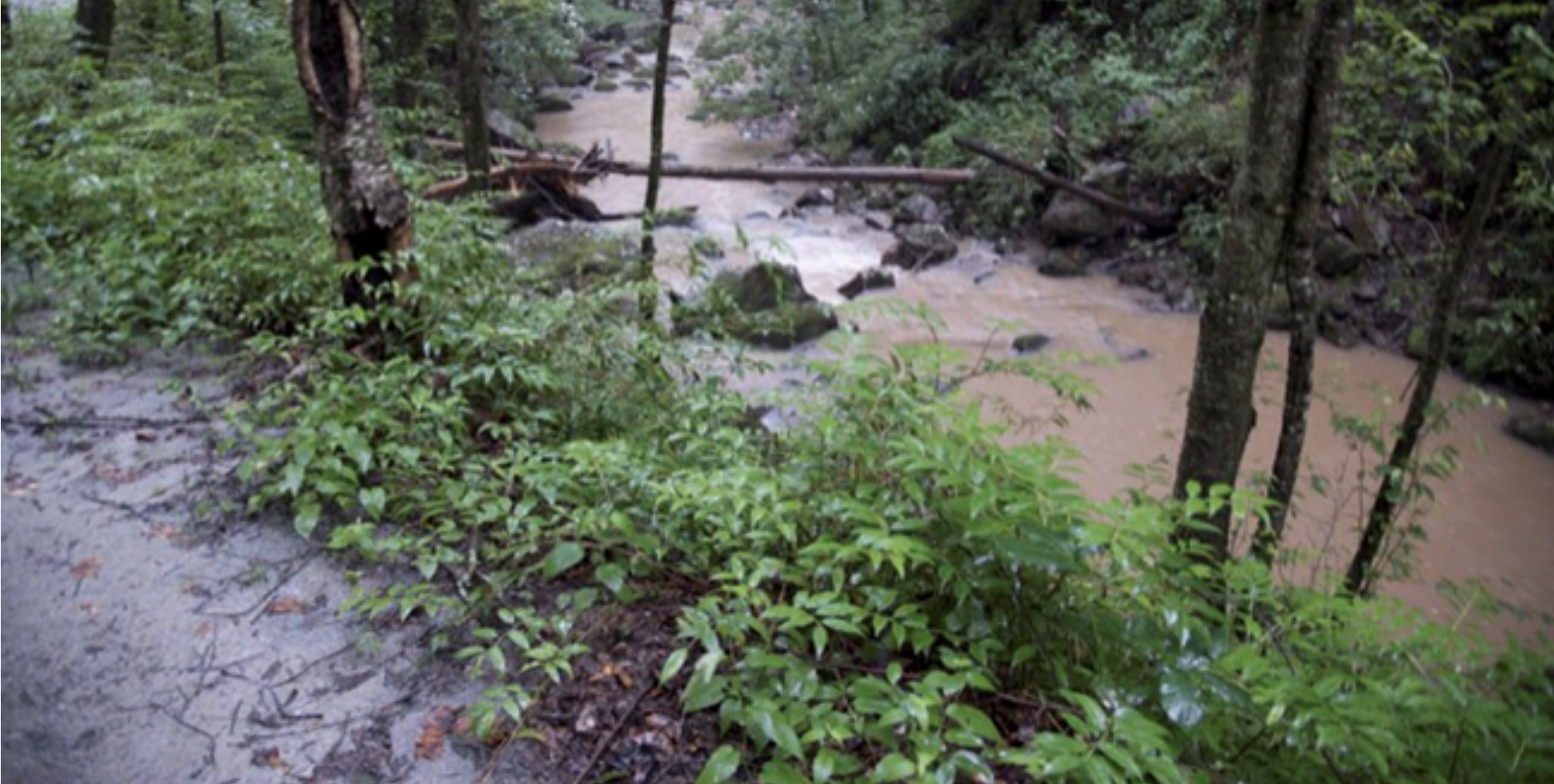
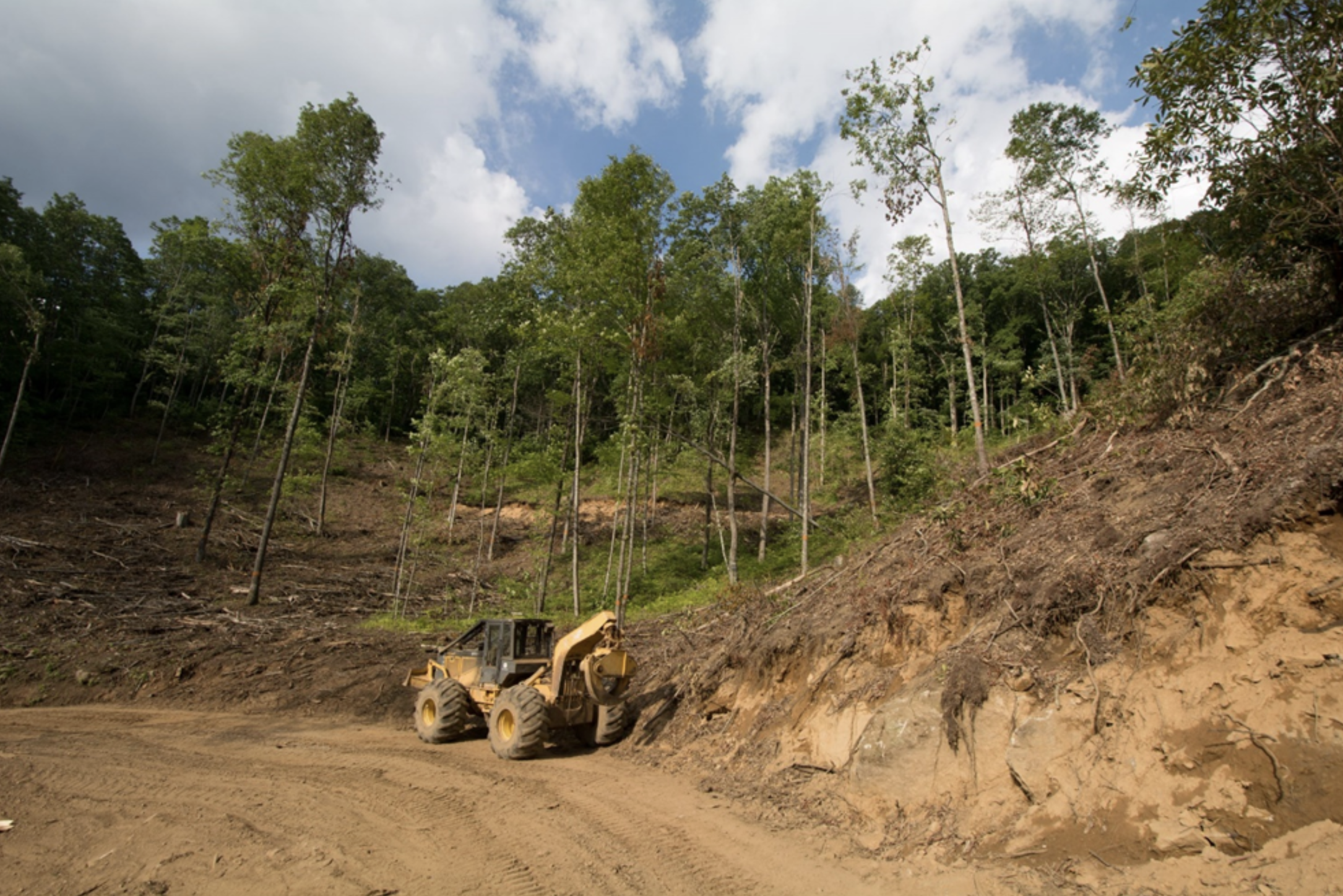
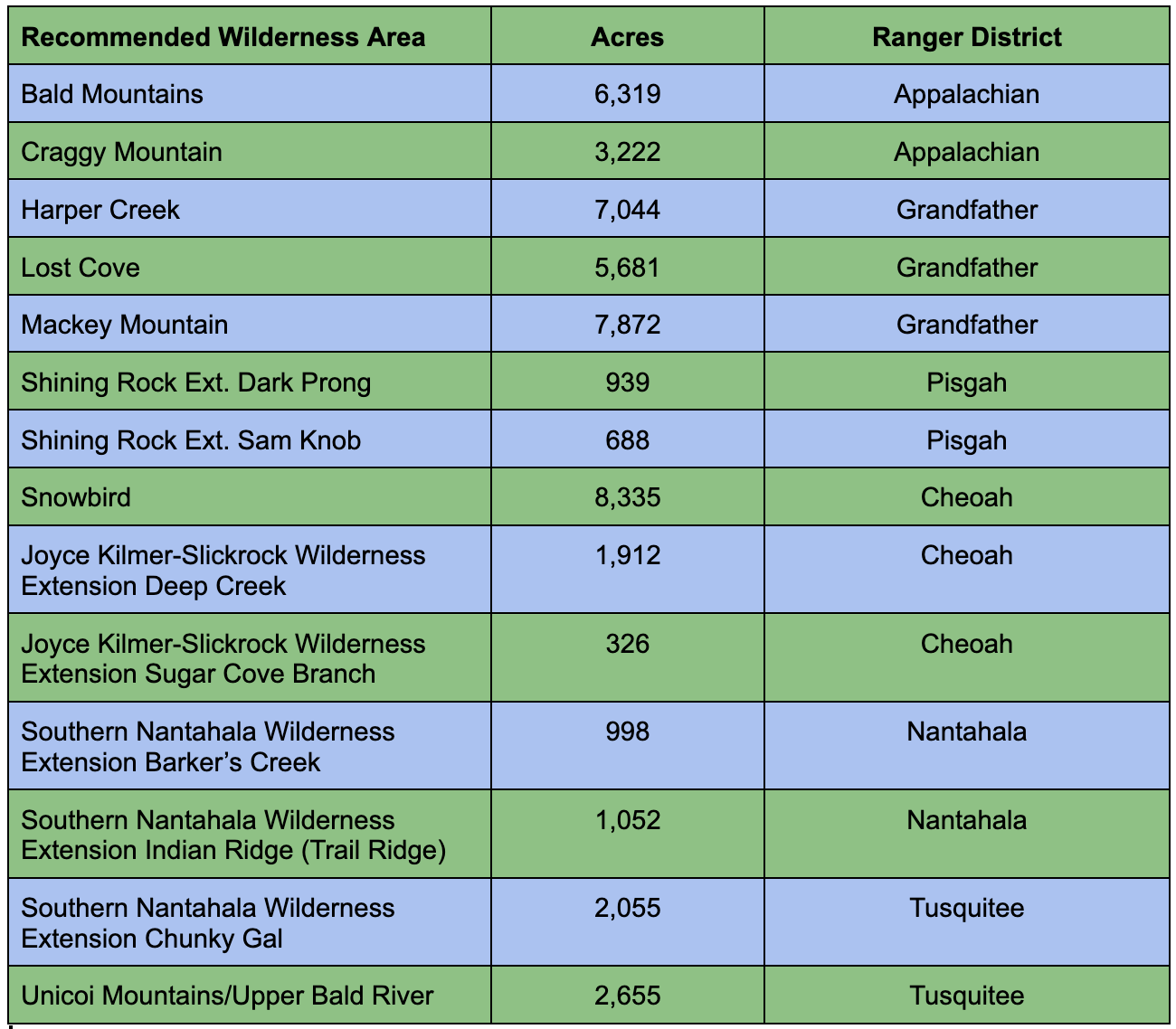
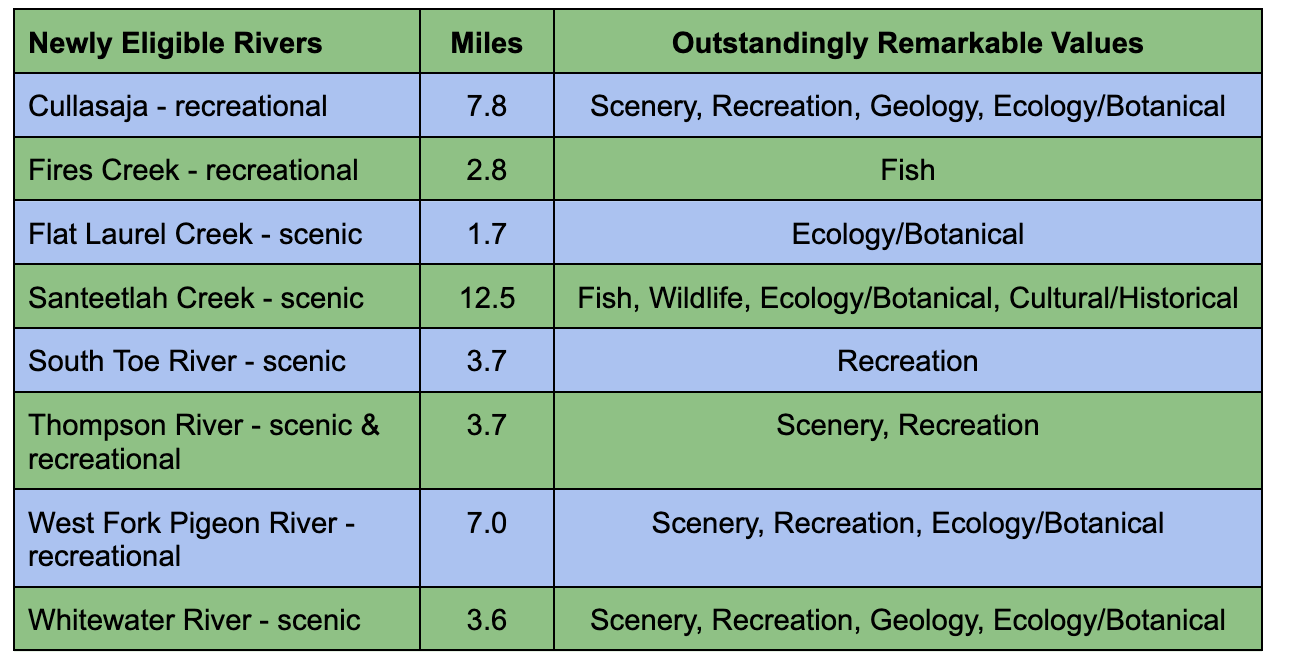
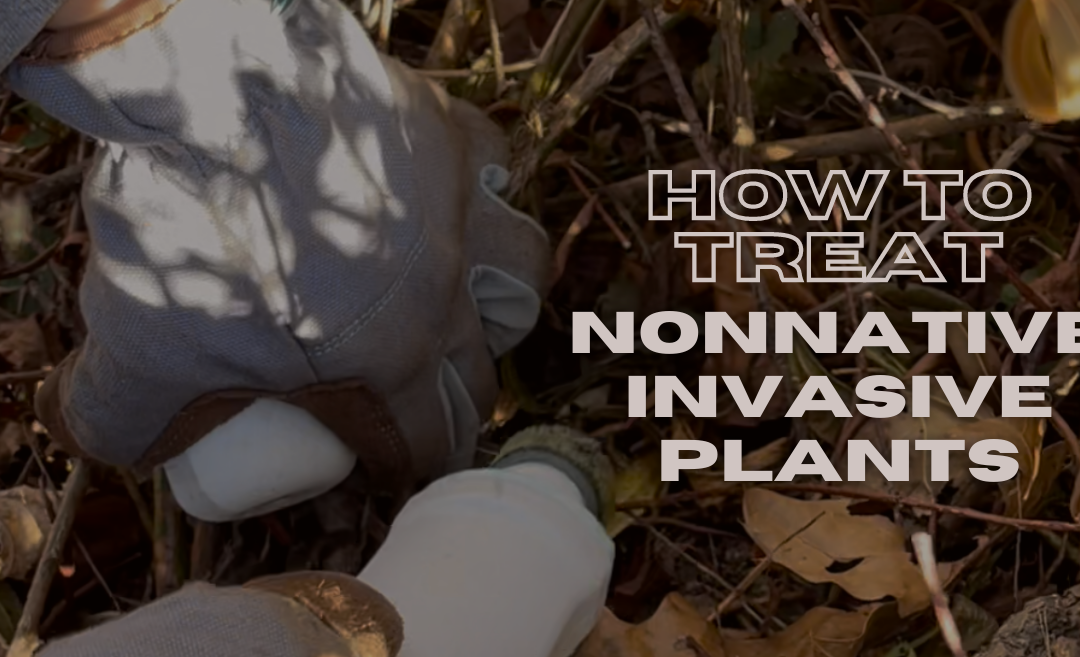
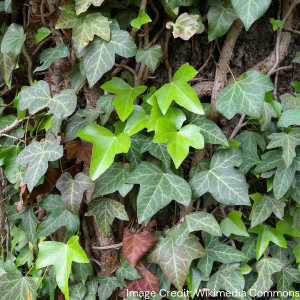
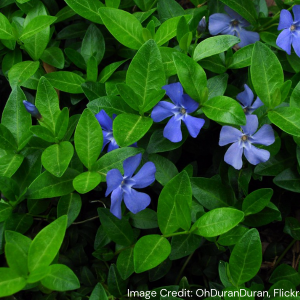
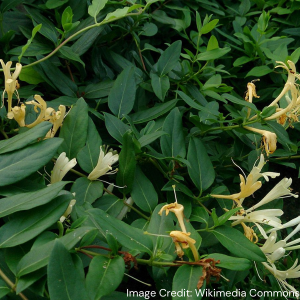
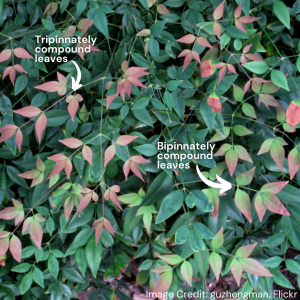
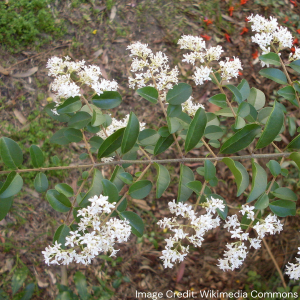
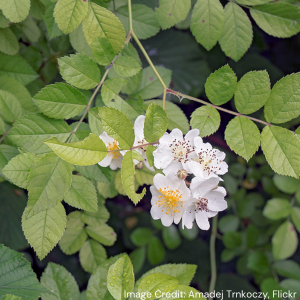
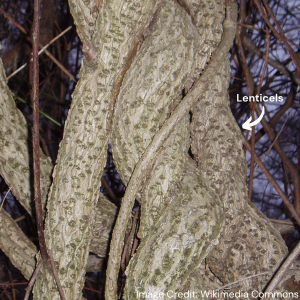





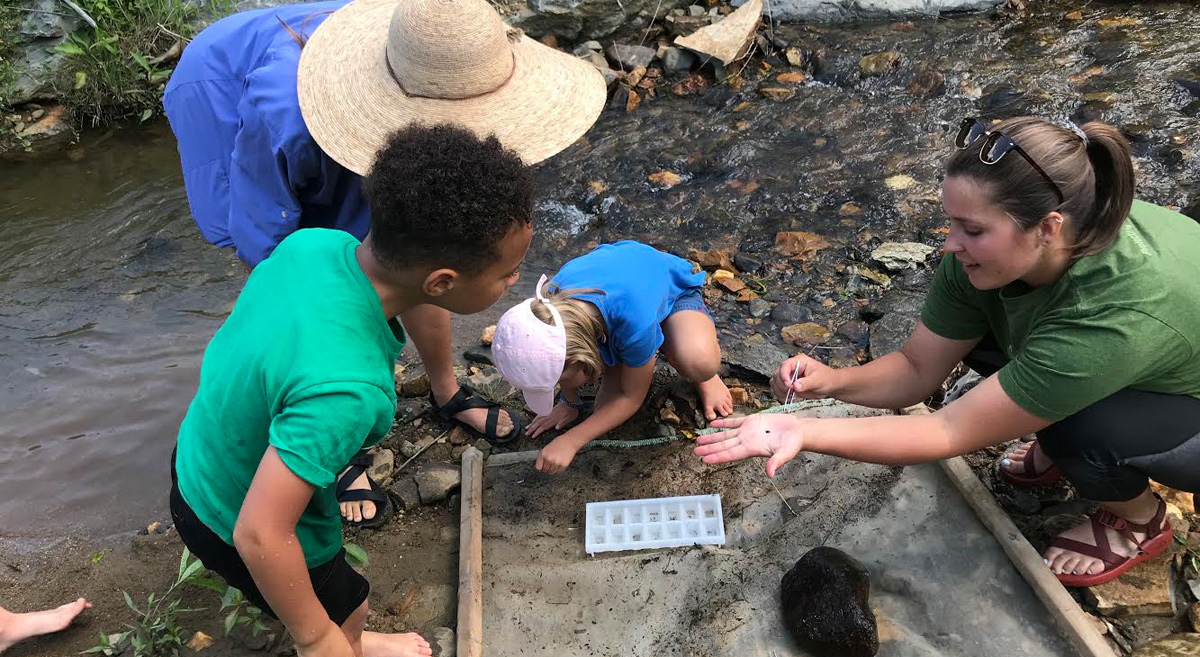
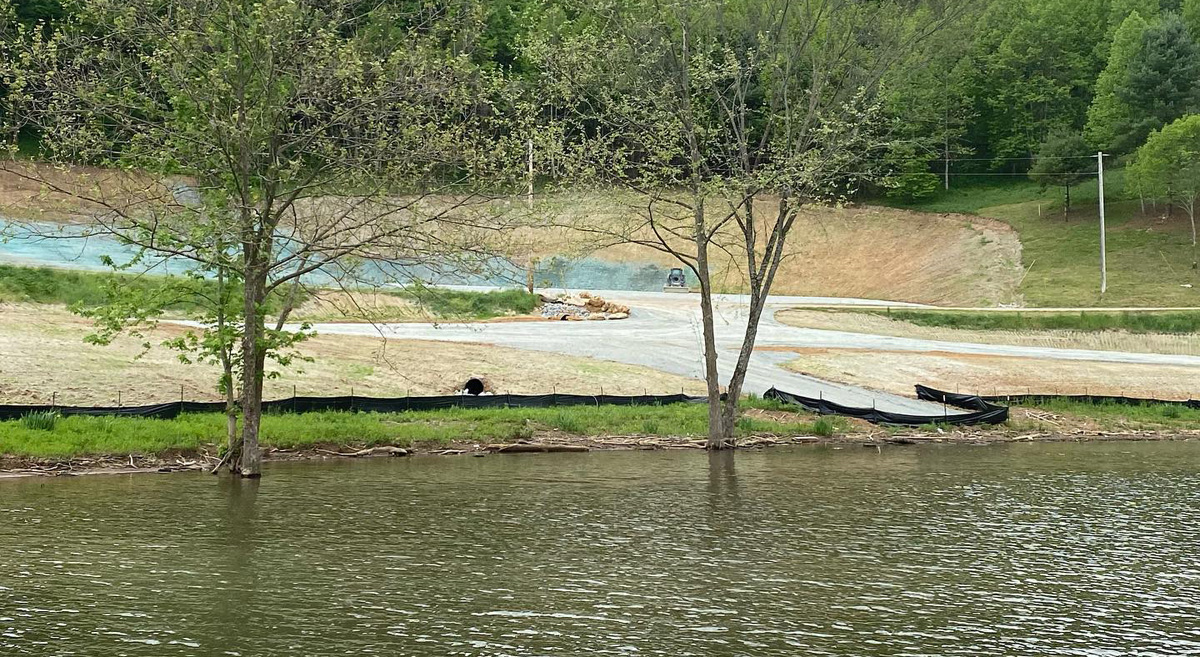



 Broad River Race winners Jordan Jackson and Marc Stowe accept the trophy from David Caldwell, the Broad Riverkeeper.
Broad River Race winners Jordan Jackson and Marc Stowe accept the trophy from David Caldwell, the Broad Riverkeeper.
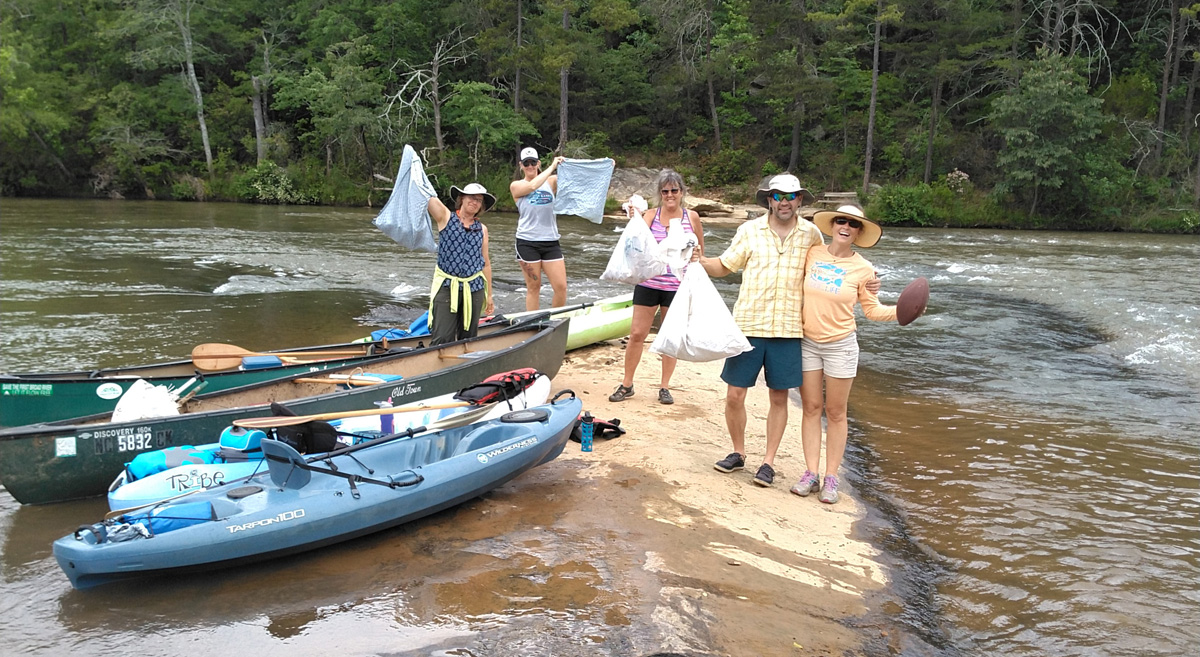
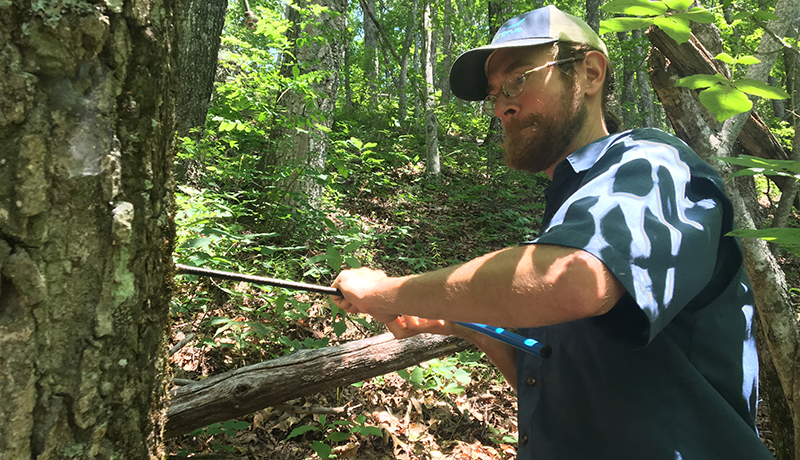 MountainTrue’s Public Lands Field Biologist Josh Kelly documents the age of a 200-year-old tree in the Nantahala National Forest.
MountainTrue’s Public Lands Field Biologist Josh Kelly documents the age of a 200-year-old tree in the Nantahala National Forest.